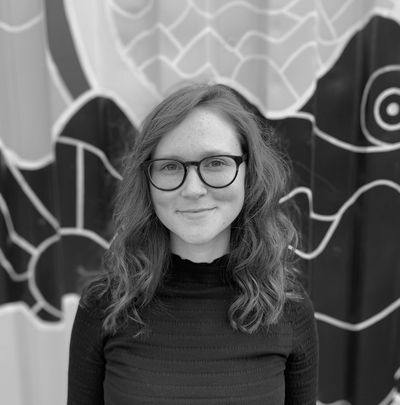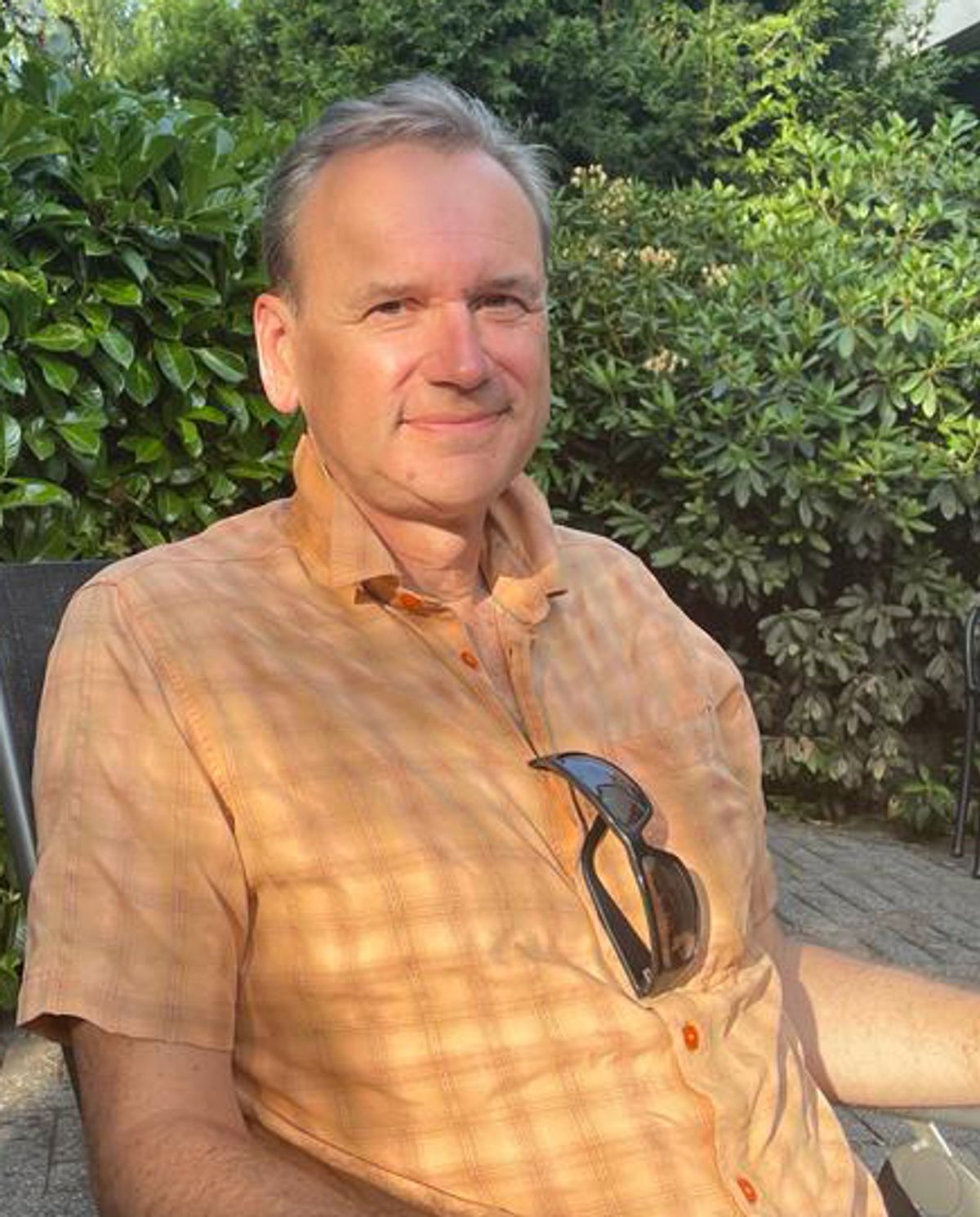In Fall, Scientists Rise High
Science awards remind us that seemingly overnight success takes years of hard work and patience.
Many people love the fall season for the colorful leaves, crisp air, and pumpkin spice lattes. Life science researchers have one more reason: It is the time of the year when winners of some of the most prestigious awards in science—the Nobel Prize, Lasker Awards, and Breakthrough Prize—are declared within a few weeks of one another.
Every year, the scientific community awaits these announcements to find out who has been bestowed with high honors for their groundbreaking research for the betterment of human life. While receiving these coveted awards is no doubt a triumphant moment for any scientist, their paths to glory rarely have been easy.
A few years back, I interviewed Alfred Sommer, who won the Lasker Award for Clinical Research in 1997, about his scientific journey leading up to the award. He talked about the difficult early days when his findings were met with disbelief (by everyone, not just reviewer 2). The story of how he spent years collecting more data to convince his peers that a simple solution was not necessarily a wrong one stuck with me.
Recently, Michel Sadelain, an immunologist who won the 2024 Breakthrough Award, narrated a similar saga about the initial “Why bother?” reaction to his work on engineering T cells. The common factor in both cases is that these scientists persisted in their efforts without knowing if the accolades would ever come.
These stories serve as inspiring reminders that science is all about resilience and perseverance. Once the appreciation floodgates open, many of the awardees go on to receive multiple awards. I can’t help but think about the many unsung science heroes who never get their due recognition but keep going altruistically throughout their careers because it is the right thing to do.
This awards season, let’s applaud all researchers who embody the true spirit of science; they hypothesize, experiment, and analyze, whether or not they win the prize.































